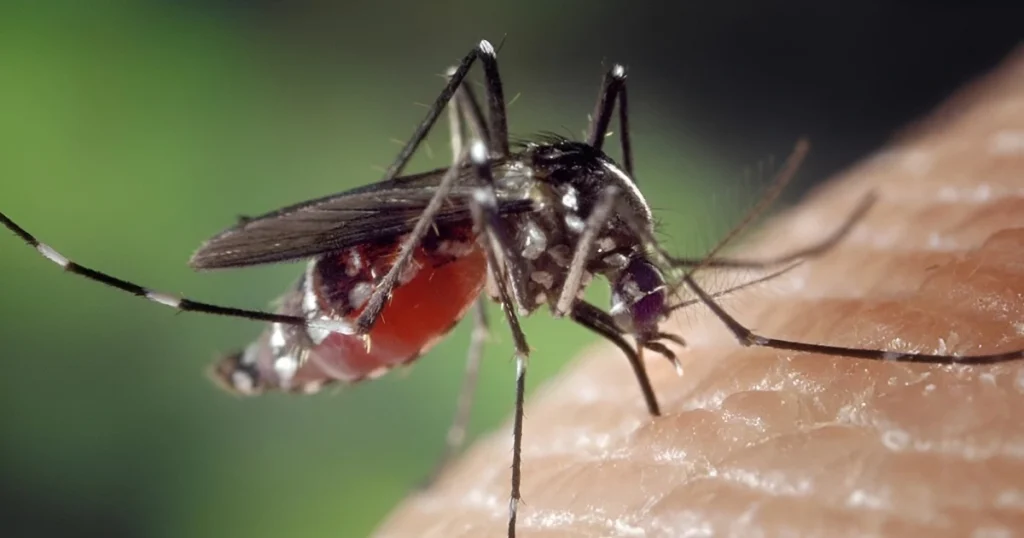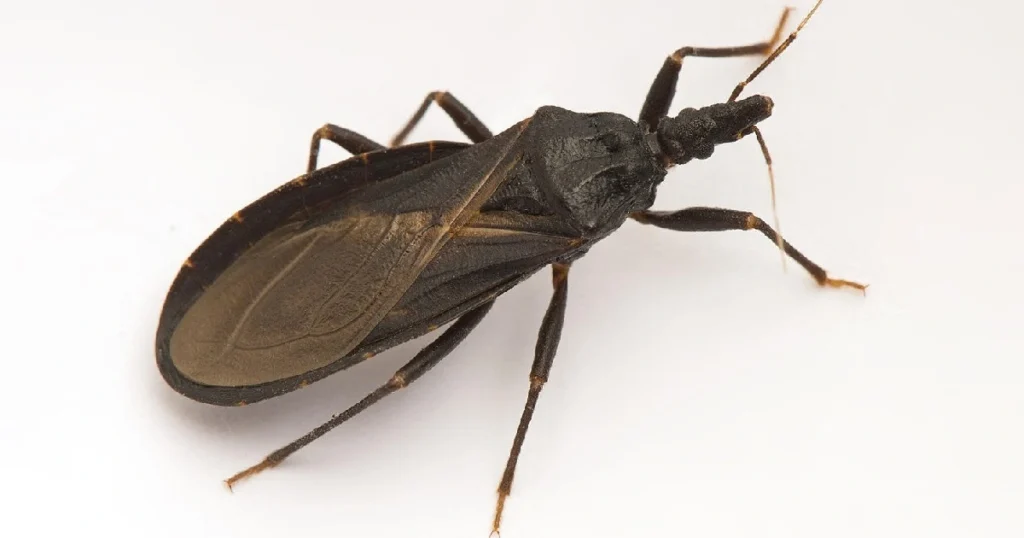The Culprit: A Closer Look at the World’s Most Dangerous Bug

At the forefront of our investigation lies the Anopheles Mosquito, one of the most powerful bugs that can kill you. It’s a tiny yet potent disease vector with a stealthy bite and the ability to transmit deadly pathogens. This insect ranks among the deadliest creatures on the planet.
- Transmission of Diseases: Responsible for spreading diseases such as malaria, dengue fever, and Zika virus, the Anopheles mosquito poses a significant threat to public health worldwide.
The Silent Killer: Understanding the Threat of Malaria
Malaria, a scourge that has plagued humanity for centuries, continues to take a heavy toll on vulnerable populations. Transmitted through the bite of an infected Anopheles mosquito, this parasitic disease remains a leading cause of morbidity and mortality in many regions.
Promoted Content
- Impact on Global Health: Despite concerted efforts to control malaria, the disease remains endemic in sub-Saharan Africa, where the burden is most severe.
Dengue Fever: A Growing Global Concern
In recent years, the incidence of dengue fever has surged, posing a growing threat to communities around the world. Spread primarily by the Aedes mosquito, this viral illness can lead to severe complications and, in some cases, death.
- Challenges in Control: Controlling the spread of dengue fever presents numerous challenges, including vector management, public awareness, and access to healthcare.
Zika Virus: Unraveling the Mystery
The emergence of the Zika virus in recent years has sent shockwaves through the global community, raising concerns about its potential impact on human health. Linked to severe birth defects and neurological complications, Zika poses a unique challenge due to its ability to spread through multiple modes of transmission.
- Prevention and Preparedness: Efforts to prevent Zika virus transmission focus on mosquito control, public education, and research into vaccines and treatments.
Harnessing Technology: Innovations in Mosquito Control
In the ongoing battle against mosquito-borne diseases, technology has emerged as a powerful surveillance, prevention, and control tool. Innovative solutions are revolutionizing how we combat these deadly pests, from advanced surveillance systems to genetically modified mosquitoes.
- Precision Targeting: Data-driven approaches enable authorities to identify high-risk areas and deploy resources more effectively.
- Integrated Pest Management: Holistic strategies combine chemical, biological, and environmental control methods to minimize mosquito populations.
- Community Engagement: Empowering local communities to participate in surveillance and prevention efforts fosters a sense of ownership and responsibility.
The Role of Critter Stop: Protecting Homes and Communities

In the face of the ongoing threat posed by mosquitoes and other pests, professional wildlife removal services like Critter Stop play a crucial role in safeguarding homes and communities. With a commitment to humane practices and effective solutions, Critter Stop offers various services, including wildlife removal, pest control, and home exclusion.
- Humane Wildlife Removal: Critter Stop employs humane methods to remove unwanted wildlife from properties, ensuring minimal animal harm.
- Expertise and Experience: With years of experience in the field, Critter Stop technicians possess the knowledge and skills to address various pest and wildlife issues.
- Customer Satisfaction: Critter Stop has earned a stellar reputation for its high-quality work and exceptional customer service, garnering rave reviews from satisfied clients.
Conclusion: Empowering Communities, Protecting Lives
In conclusion, the fight against the world’s most dangerous bug is far from over. As we continue to confront the threat posed by mosquito-borne diseases, we must harness the power of innovation, collaboration, and community engagement.
By working together and enlisting the expertise of professionals like Critter Stop, we can protect homes, safeguard communities, and ultimately save lives.
For a free inspection and expert wildlife or pest removal services, contact Critter Stop at (214) 234-2616. Visit Critter Stop to learn more about their services, and schedule an appointment today.
FAQ about the Most Dangerous Bug in the World
As experts in pest control and wildlife removal, we understand the importance of staying informed about potential threats from insects and other pests. Below are answers to some commonly asked questions about the most dangerous bug in the world:
What is the most dangerous bug in the world?
The Anopheles Mosquito is considered the most dangerous bug in the world because it can transmit deadly diseases such as malaria, dengue fever, and the Zika virus.
What is the most dangerous insect in nature?
The Anopheles Mosquito is the most dangerous insect in nature, given its role in spreading life-threatening diseases to humans.
What are some of the bugs that can kill you?
Several bugs have the potential to harm or even kill humans. In addition to the Anopheles Mosquito, other lethal insects include the Tsetse Fly, which transmits African trypanosomiasis, and the Triatomine Bug, which carries Chagas disease.
What is the most aggressive insect?
The Africanized Honey Bee, also known as the “killer bee,” is notorious for being the most aggressive insect out there, showcasing a behavior and a tendency to swarm and attack perceived threats in large numbers.
Which insect has caused the most deaths?
The Anopheles Mosquito has caused the most deaths worldwide due to its role in transmitting diseases such as malaria, which continues to claim hundreds of thousands of lives each year.
As your trusted partner in pest control, Critter Stop is committed to providing expert advice and solutions to help you protect your home and family from dangerous insects and pests. Please contact us for assistance if you have any further questions or concerns.




